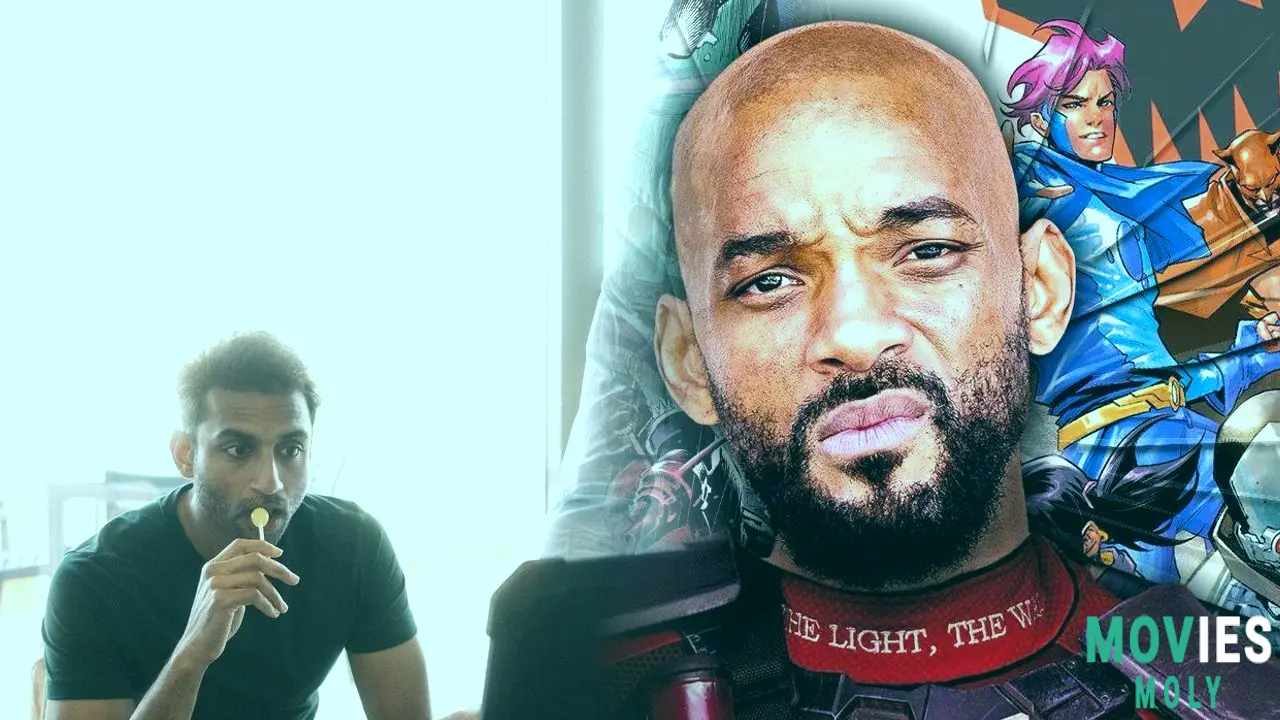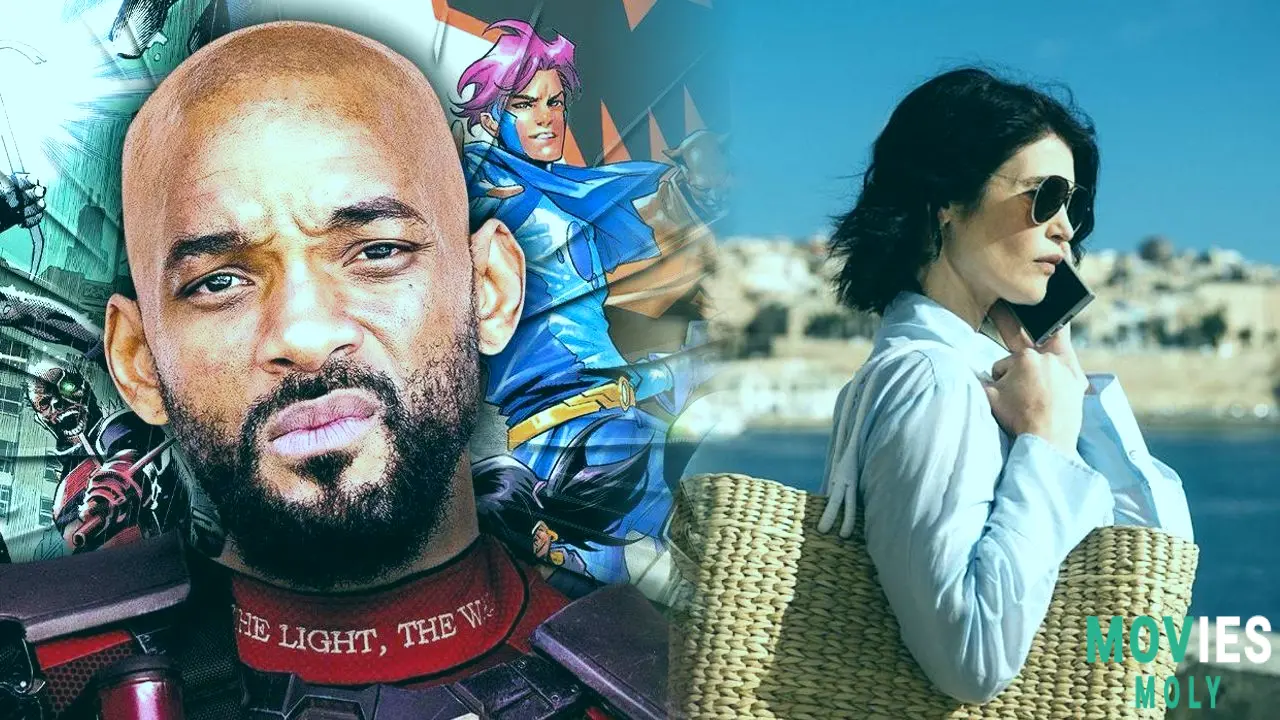By Nicolas Ayala
Few characters in the DC Universe embody gritty persistence and tragic pragmatism like Deadshot. Known for his unerring aim and morally flexible code, Floyd Lawton has danced on the edge of death more times than most heroes have donned capes. Yet, his latest reappearance in Secret Six #1 isn’t just a resurrection—it’s a masterclass in character reinvention, embedded with personal stakes, comic lore, and a hint of kryptonite-fueled strategy that only someone like Deadshot could pull off.
How Deadshot’s Multiple Deaths Make His Return All the More ImpactfulDeadshot’s journey back to the Secret Six isn’t a simple case of comic book resurrection; it’s the culmination of a narrative marathon through death, manipulation, and reluctant allegiance. After years under Amanda Waller’s thumb in the Suicide Squad, Floyd found himself not only betrayed but exploited by new leadership—specifically, a toxic director named Lok. Lok’s mismanagement and abuse of the Squad mirrored everything Waller had once controlled with cold precision, and Deadshot’s response was as calculated as his bullet trajectory: he took Lok out.
But that was just the beginning. What followed was a descent into a plot so convoluted and emotionally charged that it feels like the best kind of comic storytelling—one that blends world-saving heroics with personal sacrifice. Infiltrating a scheme led by Ted Kord (yes, the Blue Beetle), Deadshot uncovered a shocking twist: a shapeshifting Black Mask posing as Superman. Exposing the ruse cost him dearly. Shot by Black Mask and left for dead, Floyd’s apparent martyrdom in the Badhnisia crisis seemed final. Yet, as fans now know, it was merely another chapter in his death-defying saga.
From Zombie Soldier to Free Agent: Deadshot’s Struggle for Control and Purpose

What makes Deadshot’s story in recent DC comics especially haunting is not just his deaths, but how he came back. Task Force Z, a grim experiment run by Two-Face, turned Floyd into a semi-living weapon— a zombie with just enough brain to follow orders, and not enough to resist becoming feral. Under Red Hood’s command, Deadshot wasn’t a teammate; he was a tool. A weapon reanimated for missions nobody cared if he survived. The mental triggers, the loss of autonomy—it’s a psychological nightmare layered on top of an already trauma-laden character.
And yet, even in this state, Deadshot’s will shone through. His eventual escape from Task Force Z’s control and mysterious full resurrection (now free from the zombie constraints) speaks to a larger theme in his character arc: no matter how many times he’s used, discarded, or killed, Floyd Lawton fights to reclaim his agency. And this time, he’s not just fighting for himself. He’s back with a team he chose— or will choose—on his own terms: the Secret Six.
Secret Six #1: A Conspiracy, a Rescue Mission, and Deadshot’s New Personal Stake

The latest Secret Six comic doesn’t just reintroduce Deadshot—it repositions him at the center of a brewing storm. With Amanda Waller mysteriously abducted and her memories blocked, the team—now including Superboy, Gossamer, and Dreamer—finds itself entangled in a conspiracy deeper than anyone anticipated. And Deadshot? He’s desperate to reach Waller. Not to take orders from her, but because he needs something only she can provide. And he needs her alive.
For a man who’s spent most of his life either trying to survive Waller’s manipulations or working in her shadows, the fact that Floyd wants her alive is telling. It flips the script on what we thought we knew about him. This isn’t about loyalty. This isn’t about control. This is personal. And given how deeply Waller has relied on leverage in the past, the strongest theory in play is that Deadshot’s daughter, Zoe, may be involved. If Waller has taken Zoe—or knows where she is—then that would explain Floyd’s urgency, and why he’s willing to cooperate with her, even temporarily.
Deadshot’s Kryptonite Moment: Strategic, Emotional, and Unmistakably Him

One of the most striking moments in Secret Six #1 is Deadshot’s calculated preparation against a threat that never seems to fade from the DC roster: Kryptonians. With cold efficiency, he uses synthetic kryptonite capsules to weaken Dreamer and Superman, not as a first strike, but as a strategic move to gain the upper hand. It’s a small scene, but packed with implications. It reminds us that Deadshot, even when outnumbered or outpowered, never fights without a plan. And it ties into the larger theme of the series—survival through intelligence, not just firepower.
This is the Deadshot fans know and respect. The one who thinks three steps ahead, who protects his daughter’s name even when it puts him in deeper shadows, and who is willing to walk the line between hero and villain if it means staying alive long enough to make a difference.
What Deadshot’s Return Means for the Future of Secret Six—and the DCU

Deadshot’s return to the Secret Six isn’t just fan service—it’s narrative gold. It ties together threads from Suicide Squad, Task Force Z, and the sprawling power plays of Amanda Waller’s operations. More importantly, it gives Floyd Lawton a mission that’s not about money, not about escape, but about something deeply personal. And when a character like Deadshot has a personal mission, you know it’s going to hit hard, be unstoppable, and refuse to fail.
As the DCU continues to build its world through events like Absolute Power and beyond, Deadshot’s role in Secret Six may very well be the dark, grounded core that ties the chaos together. He’s not a hero. He’s not even an antihero. He’s a survivor. And now, he has a team—and a reason—to fight once more.





